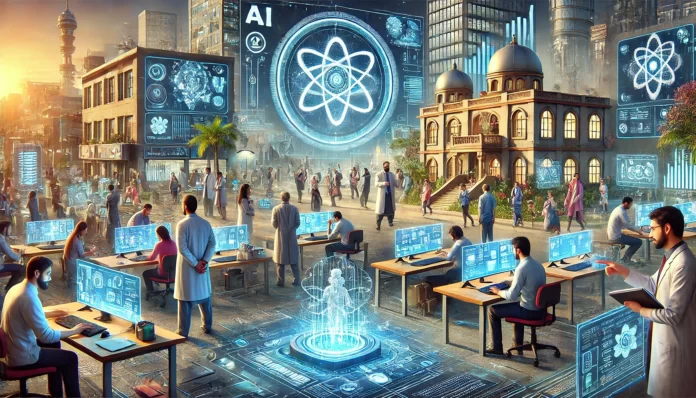The college-educated Pakistani is not yet the majority, but is rapidly becoming part of the norm.
More than half a million Pakistanis graduate from a college or university every year with at least a two-year college degree. A little more than 11% of 30-year-olds in Pakistan have at least a two-year college degree and, judging by the fact that the number of graduates is growing at three times the population growth rate, that number will likely keep on rising for every subsequent generation of 30-year-olds in the country.
So what do those statistics mean? It is by now cliché to assume that the quality of higher education in Pakistan is not good (partly true) and that while the country has a lot of raw talent, the country is not prepared for the rapid advancement of technology that will necessitate a much better trained workforce than the one we have now.
There is no denying the fact that education – both in terms of quality and quantity – is lacking in Pakistan. It is the contention of this publication, expressed through previous analytical writings, however, that the situation can be described as not ideal, but far from hopeless.
While in previous articles we have covered basic literacy and numeracy, in this piece will cover higher education, placing it in both historical context relative to where it has been in Pakistan’s own past, as well as the global context: where Pakistan stands relative to peer economies and geographic neighbours.

We will then examine a question often left unasked: exactly how well-educated does the median Pakistani need to be, given where the country is in its economic evolution? And how has the answer to that question changed with the advent of the recent, more visible, rapid advances in artificial intelligence (AI)? The content in this publication is expensive to produce. But unlike other journalistic outfits, business publications have to cover the very organizations that directly give them advertisements. Hence, this large source of revenue, which is the lifeblood of other media houses, is severely compromised on account of Profit’s no-compromise policy when it comes to our reporting. No wonder, Profit has lost multiple ad deals, worth tens of millions of rupees, due to stories that held big businesses to account. Hence, for our work to continue unfettered, it must be supported by discerning readers who know the value of quality business journalism, not just for the economy but for the society as a whole.To read the full article, subscribe and support independent business journalism in Pakistan









